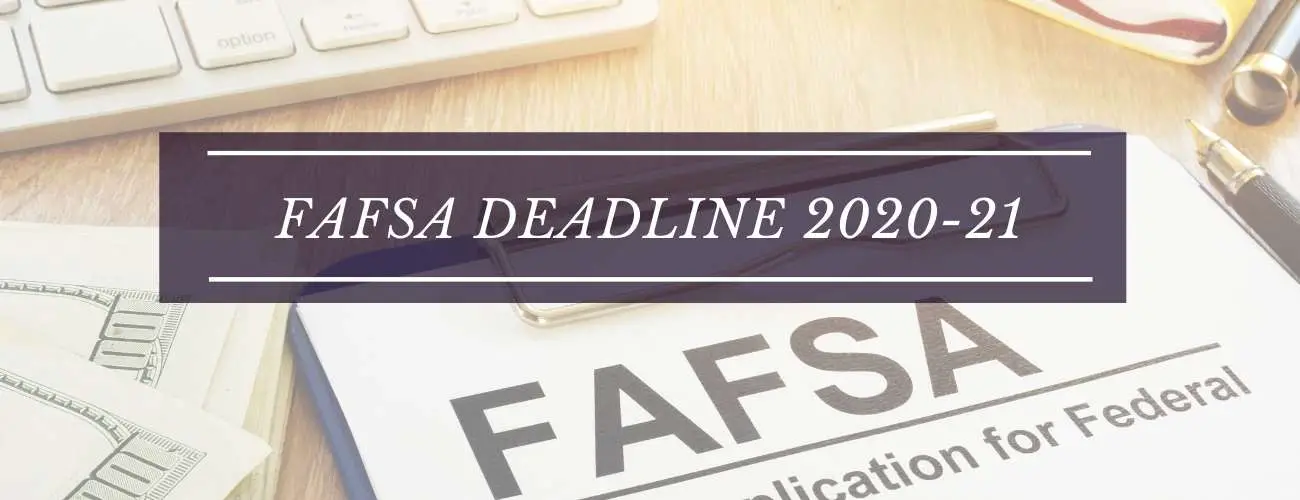Midwestern State University (MSU) Financial Aid and Scholarships
Students Receiving Aid
70%
Total Aid Amount
$23.360M
Financial Aid Official Website
www.mwsu.edu/finaid/index
Paying for college is one of the top concerns for many students today. Midwestern State University awards a wide range of scholarships and other financial aid to undergraduate and graduate students. Their generous financial aid packages, coupled with affordability, provide an actual cost that is lower than most students expect. The total aid amount reaches to around $23,360,294 which serves around 70% of the student population at Midwestern State University. MSU offers a variety of financial assistance options, from scholarships to state and federal grants whose eligibility is determined by the FAFSA. You can explore the financial aid information provided here and understand the different ways to fund your education.
Scholarships
Scholarships are often given depending on scholastic qualification. Most scholarships are allowed consequently, while numerous other scholarships require an application. There are scholarships accessible for students who have unique interests or explicit professional desires. Numerous offices, organizations, or clubs offer scholarships for extraordinary achievement. Scholarships are considered a resource when determining a student's total financial aid package, and therefore, may affect a student's award(s).
-
Academic Scholarships: For the most part these are granted for scholastic accomplishment, extraordinary capabilities as demonstrated by the candidate's past record (secondary school as well as college), ACT or SAT scores, involvement in extracurricular activities, and other standards as characterized by the particular grant programs.
-
Athletic Scholarships: This scholarship is awarded based on the student's athletic expertise. More information regarding athletic scholarships can be obtained from the head coach of a particular sport.
-
Community and Service Organizations likewise offer grants, yet students ought to apply early and know the deadlines. With a little work, a student can get scholarships to help subsidize his/her advanced degree.
Grants
A student applying to Midwest State University can avail different kinds of grants based on his financial need. Grants are made accessible to a student on a need-based basis by federal, state, and local funds, and are not required to be reimbursed. Different kinds of grant available at your disposal, provided you meet the eligibility criteria are:
Federal Grants
-
Teacher Education Assistance for College and Higher Education (TEACH) Grant: These grants are not need-based but they require a FAFSA application. The student applying for this grant must commit to a service obligation of four years within eight years of program completion and work as a full-time teacher at a low-income school in a high need field.
-
Federal Supplemental Educational Opportunity Grant (FSEOG): The need must be established by filing the FAFSA; available to eligible undergraduate students who have the maximum need and are eligible for funds in addition to the Federal Pell Grant.
State Grants
-
Toward Excellence, Access, & Success (TEXAS) Grant: This is a state award program open to Texas occupants who proceeded onward from a Texas optional school no sooner than Fall 1998. More info on this can be read on MSU grants page.
-
Mustangs Guarantee Tuition Program: Need has to be established by filing the FAFSA. The program is available to those students who are Texas residents, new to MSU, having an annual gross income of $50,000 or less and have not already received a Baccalaureate degree.
-
Texas Public Educational Grant (TPEG): Need has to be established by filing the FAFSA. It is available to students who have needs and meet other eligibility requirements. This grant may be received in addition to, or in place of, the Federal Pell Grant.
-
Top 10% Scholarship: Being provided by the Texas Higher Education Coordinating Board, the top 10% scholarship encourages those students who graduate in the top 10 per cent of their high school class to attend a Texas public institution of higher education. Students who have financial need are entitled to receive a $2000 scholarship.
Loans
Loans also play a very crucial part of funding a student’s education. Almost 56% of the students at Western State University opt for educational loans with the average amount for a single student leading to $5,956. The different loan options available are:
-
Federal Direct Subsidized Loan: Filing the FAFSA is a must prior to processing the loan's Master Promissory Note (MPN). The loan is acquired and dispensed through the FAO in collaboration with the federal government who fills in as the loaning organization. Students must be selected in at least a half-time course to get the advance.
-
Federal Direct Subsidized Loan: Need must be established by filing the FAFSA prior to processing the loan's Master Promissory Note (MPN). The loan funds are obtained and disbursed through the FAO in cooperation with the federal government who serves as the lending institution. Students must be enrolled at least half-time to receive the loan and are responsible for the repayment of principal as well as the interest.
-
Federal Direct PLUS Loan: Not need-based but eligibility must be determined by filing the FAFSA prior to processing the loan's Master Promissory Note (MPN). Available to the parent of an enrolled, dependent student; graduate and professional students are eligible to apply as well.
-
College Access Loan (CAL): This loan is not need-based but its eligibility must be determined only by filing the FAFSA. You must be a Texas resident and the loan in addition to other financial aid may not surpass the cost of attendance (COA) as controlled by the University.
-
Alternative Private Loan: This type of loan is not need-based. This is offered as an alternative loan program when the student is no longer eligible to receive the above-mentioned loans. Eligibility criteria vary from lender to lender.





![Schools That Require the CSS Profile [Complete List for 2021/2022]](https://www.thecollegemonk.com/images/blog/every-school-th56.jpg)



